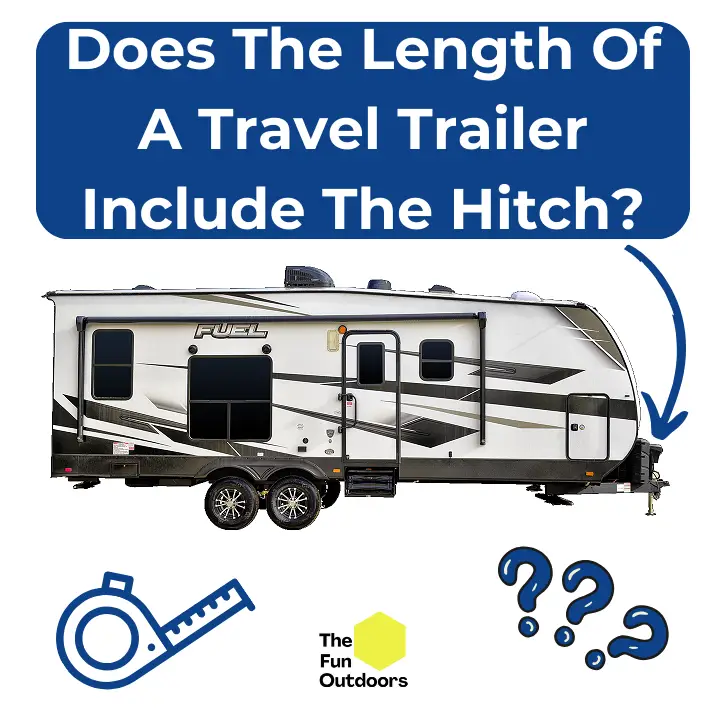Travel trailers are a popular choice for those who enjoy the freedom of the open road and the flexibility to travel wherever they please. When it comes to purchasing and measuring a travel trailer, there are many questions that arise. One of the most common questions is: does the length of a travel trailer include the hitch?
Generally, if the travel trailer is under 25 feet long, the hitch is included in the length of the trailer. If the trailer is over 25 feet, the length may only refer to the body of the trailer and not include the hitch.
It’s important to understand how the length is measured to ensure accurate and safe towing. This article will explore the various components that affect travel trailer length and provide tips on how to measure your travel trailer accurately.
Key Takeaways
- The length of a travel trailer may or may not include the hitch, depending on the size of the trailer.
- Travel trailers under 25 feet long include the hitch in the length measurement.
- Travel trailers over 25 feet long usually do not include the hitch in the length measurement.
- Measuring the length of a travel trailer accurately is essential for safe and legal towing.
- Understanding the components that affect travel trailer length and manufacturer specifications is crucial for purchasing and measuring a travel trailer.
Does Travel Trailer Length Include The Hitch?
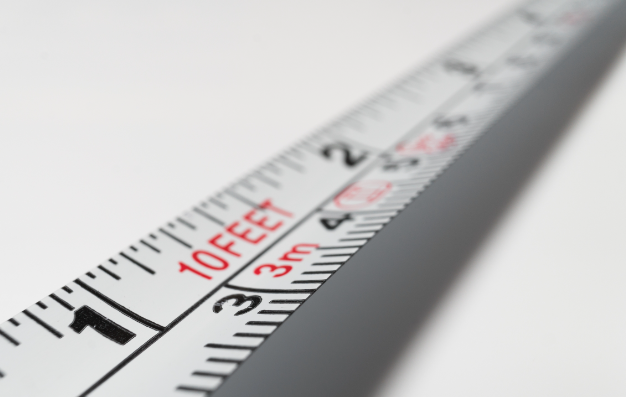
The length of a travel trailer is a crucial factor when it comes to selecting the right one for your needs. There is often confusion around whether or not the length of a travel trailer includes the hitch.
In general, any travel trailer that is under 25 feet will include hitch length, whereas trailers over 25 feet will likely only refer to body length. This is not always the case, and it is important to verify the measurements with the manufacturer before making a purchase.
When measuring the length of a travel trailer, it is important to take into account the overall length of the entire setup, including the tongue, hitch, or tow vehicle.
The measurement information provided by travel trailer manufacturers usually only includes the length of the trailer unit itself and does not include the tongue, hitch, or tow vehicle.
You will need to take multiple measurements, including the interior, exterior, and overall length to get an accurate measurement.
To measure the usable space of a travel trailer, you can refer to the “floor plan” length or liveable space measurement. This is typically the advertised length of an RV or travel trailer according to the RV Industry Association (RVIA).
Note that the overall and exterior length of the travel trailer may be different than the advertised number.
How Is The Length Of A Travel Trailer Measured?
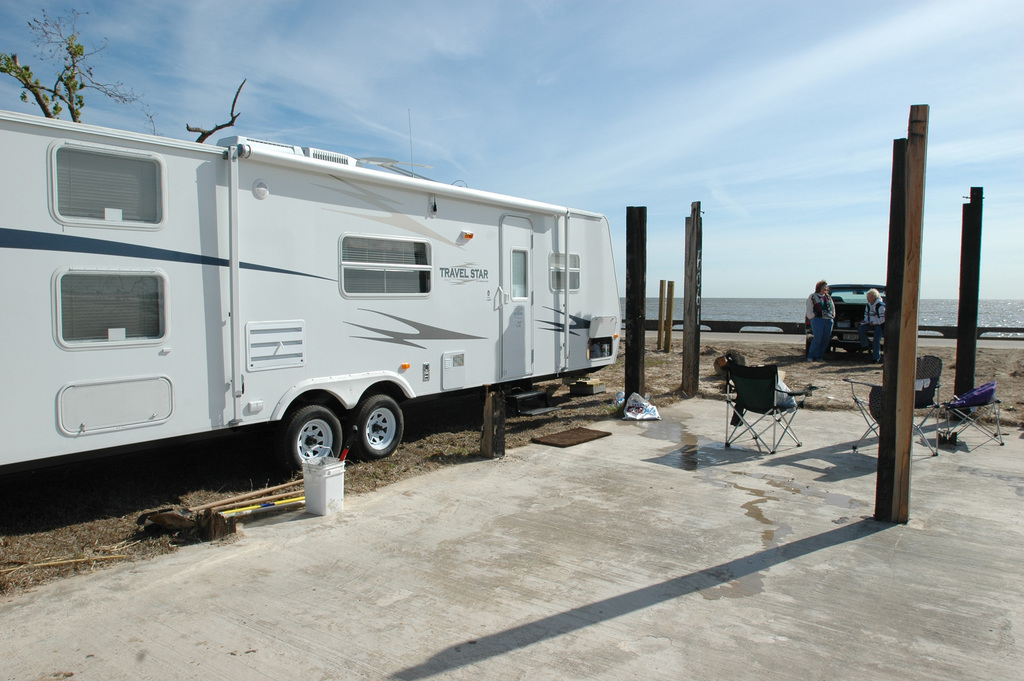
Measuring the length of a travel trailer is an important aspect of buying and owning one. It is crucial to know the length of the trailer to ensure that it fits in your garage or storage space and meets the legal requirements for towing on the road.
There are two methods of measuring the length of a travel trailer:
- Overall Length: This method measures the length of the trailer from the hitch to the rear bumper. It includes the entire length of the trailer, including any attachments or accessories such as the spare tire, propane tanks, and awnings. This method is often used by manufacturers to advertise the size of their trailers.
- Body Length: This method measures the length of the trailer from the front to the rear, excluding the hitch and any attachments or accessories. This method is used by some manufacturers and is often the length used by campgrounds to determine if a trailer will fit in a particular site.
Unfortunately, there is no industry standard for measuring the length of a travel trailer, and some manufacturers may use their own methods. It’s essential that you confirm the measurement method used by the manufacturer before making a purchase.
In addition to the length, it is also important to consider the width and height of the trailer when making a purchase. The width of a travel trailer is typically 8 feet, and the height is usually no more than 13 feet, 6 inches to comply with highway overpass restrictions.
See Related: How Wide is a Travel Trailer?
Ultimately, the best length for a travel trailer will depend on the number of people sharing the space and finding the appropriately sized trailer for your specific needs.
How To Measure Your Travel Trailer
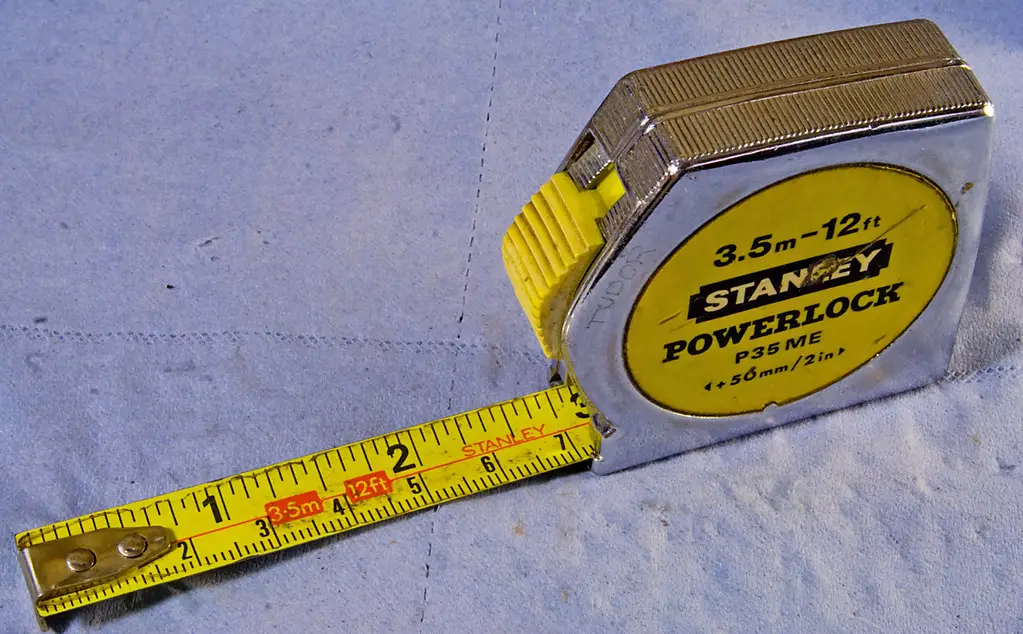
Measuring your travel trailer is an essential step to ensure that you know the exact length of your trailer. However, measuring a travel trailer can be a bit tricky, especially when it comes to determining whether the length includes the hitch or not.
Here are some tips on how to measure your travel trailer accurately.
1. Measure the Body Length
The body length of a travel trailer refers to the length of the trailer unit itself, excluding the hitch. To measure the body length, you need to measure from the front of the trailer to the back, excluding the hitch.
This length is usually provided by the manufacturer and is the most common measurement used when referring to the length of a travel trailer.
2. Measure the Overall Length
The overall length of a travel trailer includes the body length and the hitch. To measure the overall length, you need to measure from the front of the trailer to the end of the hitch.
This measurement is essential when determining the total length of the trailer and the space required to park it.
3. Measure the Interior Length
The interior length of a travel trailer refers to the length of the living space inside the trailer. To measure the interior length, you need to measure from the back of the trailer to the front, excluding the hitch.
This measurement is useful when determining the amount of living space available in the trailer.
4. Measure the Exterior Length
The exterior length of a travel trailer includes the body length, the hitch, and any other accessories or add-ons attached to the trailer.
To measure the exterior length, you need to measure from the back bumper to the tip of the hitch, including any other accessories or add-ons attached to the trailer.
5. Measure with Slides In and Out
When measuring your travel trailer, it is essential to measure with the slides in and out. Slides are extensions that increase the living space inside the trailer
Measuring with the slides in and out will give you an accurate measurement of the total living space available in the trailer.
Components Affecting Travel Trailer Length
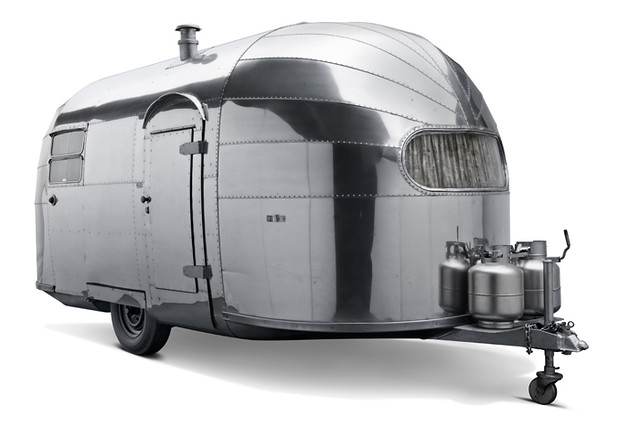
When measuring the length of a travel trailer, it is important to consider all of the components that affect its overall length.
Here are some of the main components that can affect the length of your travel trailer:
The Hitch
One of the most important components affecting the length of a travel trailer is the hitch. Some manufacturers include the hitch in the overall length measurement, while others do not.
If the hitch is included in the measurement, it can add several feet to the overall length of the trailer.
Check with the manufacturer to determine whether or not the hitch is included in the length measurement.
The Bumper
The bumper is another component that can affect the overall length of a travel trailer. Some manufacturers include the bumper in the measurement, while others do not.
If the bumper is included in the measurement, it can add several inches to the overall length of the trailer.
Accessories
Accessories such as spare tires, air conditioning units, bike racks, and cargo carriers can also affect the overall length of a travel trailer.
When measuring the length of a travel trailer, it is important to consider all of these components to ensure an accurate measurement.
By taking into account the hitch, bumper, and any accessories, you can get a better understanding of the true length of your travel trailer.
Does RV Length Include The Tow Vehicle?
When it comes to determining the length of a travel trailer, one question that often arises is whether the tow vehicle is included in that measurement. The answer, as with many things in the world of RVing, is not always straightforward.
The length of a travel trailer typically does not include the tow vehicle. This means that if you have a 25-foot trailer and a 20-foot tow vehicle, your overall length would be 45 feet.
This measurement can vary depending on the manufacturer and the specific model of the trailer.
When making reservations at a campground or RV park, it’s important to pay attention to the site length restrictions.
These restrictions may be based on the length of the trailer alone or may include the length of the tow vehicle as well. It’s always a good idea to call ahead and confirm the specifics of the site before booking.
Another important consideration is the usable space within a campsite. This refers to the area available for the RV itself, and not necessarily the length of the entire setup.
That’s why you’ll need to measure the length of the RV and any slide-outs to ensure that they will fit comfortably within the designated space.
Length Restrictions and Regulations
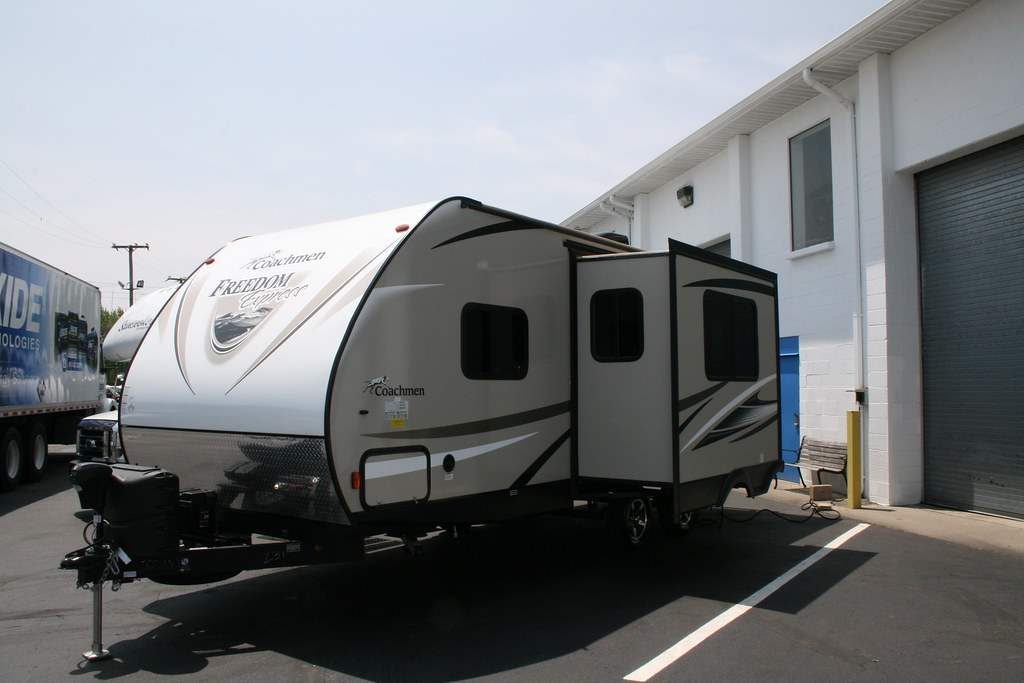
When it comes to travel trailers, there are length restrictions and regulations that must be followed. These restrictions and regulations are in place for safety reasons and to ensure that everyone is able to enjoy their camping experience.
For licensing purposes, the length of a travel trailer is typically measured from the front of the trailer to the back of the trailer. This measurement does not include the length of the hitch.
Each state may have its own specific regulations regarding the length of travel trailers.
When it comes to national parks, there are also length restrictions in place for travel trailers. For example, at Grand Canyon National Park, the maximum trailer length is 30 feet.
At Acadia National Park, the maximum trailer length is 35 feet.
Denali National Park has a maximum trailer length of 40 feet, while Everglades National Park has a maximum trailer length of 50 feet.
State-run campgrounds may also have their own specific length restrictions for travel trailers.
Great Smoky Mountains National Park has a maximum trailer length of 35 feet, while Rocky Mountain National Park has a maximum trailer length of 40 feet.
Manufacturer Specifications
When it comes to determining the length of a travel trailer, one of the most important factors to consider is the manufacturer’s specifications. These specifications are typically provided by the manufacturer and can be found either online or in the owner’s manual that comes with the trailer.
The RV Industry Association (RVIA) sets standards for the RV industry and provides guidelines for manufacturers to follow. As such, most manufacturers will provide the length of the travel trailer in their specifications.
The length provided by the manufacturer typically only includes the length of the trailer itself and does not include the tongue, hitch, or tow vehicle.
For example, Jayco, one of the leading travel trailer brands, provides the length of their trailers in their specifications. The Jayco Jay Flight SLX 8, for instance, has a model number of 212QB and a length of 25′ 6″.
This length includes the length of the trailer itself, but not the hitch or tow vehicle.
Similarly, Bigfoot, another well-known travel trailer brand, provides the length of their trailers in their specifications. The Bigfoot 25C10.4SB, for example, has a length of 25′ 11″.
This length includes the length of the trailer itself, but not the hitch or tow vehicle.
It’s important to keep in mind that while most manufacturers provide the length of their trailers in their specifications, there may be some variation between different models and brands.
As such, it’s always a good idea to double-check the specifications of a travel trailer before making a purchasing decision to ensure that you are getting a model that suits your needs.

